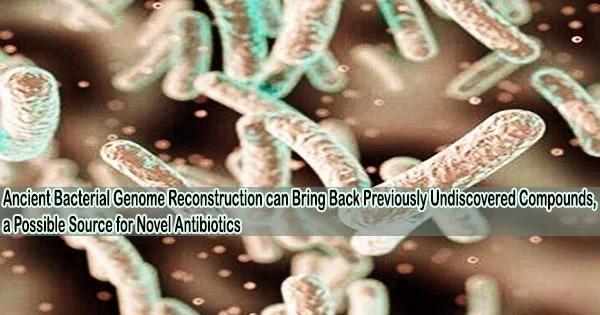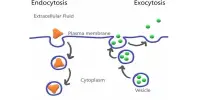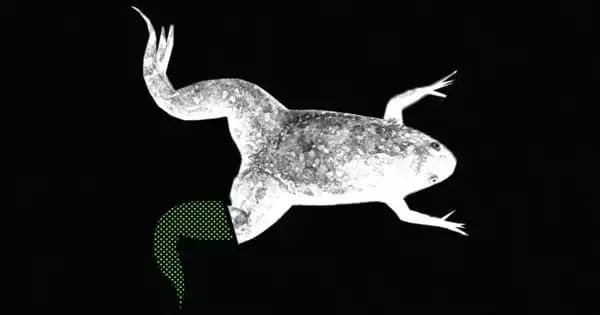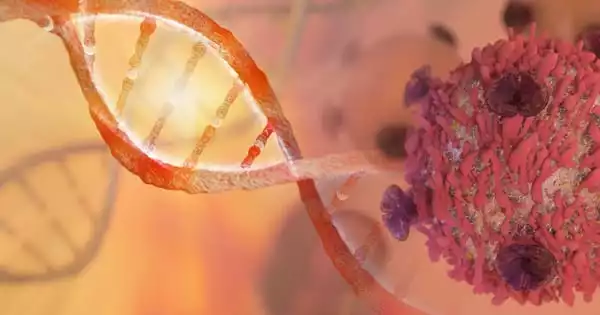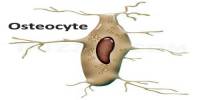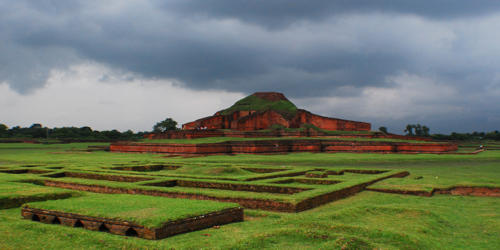Bacteria in particular are expert chemists who can create a staggering variety of chemical molecules known as natural products. Major evolutionary advantages are provided by these metabolites for the microorganisms, including the ability to communicate with one another and their environment and aid in defense against various dangers.
Many bacterial natural products, including antibiotics and anti-cancer medications, have been used as medical therapies due to the wide range of functions they have.
Only a small portion of the enormous diversity of microorganisms that have inhabited Earth over the past 3 billion years are represented by the microbial species that are still living today. The chance to reclaim some of their lost chemistry is excitingly presented by investigating this microbial past.
Because of their poor preservation throughout time, it is practically impossible to directly analyze these metabolites in ancient samples. However, rebuilding them from the genetic material of extinct bacteria might offer a solution.
We are a team of anthropologists, archaeogeneticists and biochemists who study ancient microbes. Our recently published research presents a proof of concept for the potential use of fossil microbes as a source of novel medications by producing previously unidentified chemical compounds from the reconstructed genomes of ancient bacteria.
Reconstructing ancient genomes
In what are referred to as “biosynthetic gene clusters,” the cellular machinery required for the production of bacterial natural products is encoded.
Due to the fact that very old genetic material deteriorates with time and fragments into dozens or even millions of pieces, such genes are challenging to identify and reconstruct from ancient DNA. The end result is numerous tiny DNA fragments less than 50 nucleotides long all mixed together like a jumbled jigsaw puzzle.
We sequenced billions of such ancient DNA fragments, then improved a bioinformatic process called de novo assembly to digitally order the ancient DNA fragments in stretches of up to 100,000 nucleotides long a 2,000-fold improvement. Through this technique, we were able to determine not only which genes were present but also their location along the genome and how they differed from already recognized bacterial genes. This information was crucial to determining their evolutionary history and function.
Using this technique, we were able to look at the genomes of bacteria that were alive up to 100,000 years ago, including species that are not known to exist today. Our findings push back the previously oldest reconstructed microbial genomes by more than 90,000 years.
We discovered a gene cluster that was shared by a sizable percentage of Neanderthals and anatomically modern humans living during the Middle and Upper Paleolithic, which lasted from 300,000 to 12,000 years ago, in the microbial genomes we reconstructed using DNA retrieved from old teeth tartar. This cluster bore the molecular hallmarks of very ancient DNA and belonged to the bacterial genus Chlorobium, a group of green sulfur bacteria capable of photosynthesis.
We inserted a synthetic version of this gene cluster into a “modern” bacterium called Pseudomona protegens so it could produce the chemical compounds encoded in the ancient genes.
Using this method, we were able to isolate two previously unknown compounds we named paleofuran A and B and determine their chemical structure. Resynthesizing these molecules in the lab from scratch confirmed their structure and allowed us to produce larger quantities for further analysis.
By reconstructing these ancient compounds, our findings highlight how archaeological samples could serve as new sources of natural products.
Mining ancient natural products
Microbes are constantly evolving and adapting to their surrounding environment. Because the environments they inhabit today differ from those of their ancestors, microbes today likely produce different natural products than ancient microbes from tens of thousands of years ago.
The Earth underwent a significant climate change as recently as 25,000 to 10,000 years ago as it changed from the colder and more volatile Pleistocene Epoch to the warmer and more temperate Holocene Epoch.
Living outside of caves and conducting more and more experiments with food production caused a significant change in human lifestyles throughout this transition. They came into touch with various bacteria as a result of these changes in agriculture, animal husbandry, and their new built habitats.
Researchers may learn more about bacterial species, biosynthetic genes, and possibly even extinct microbes by studying bacteria from the Pleistocene epoch.
Over the past few decades, scientists have gathered an exponentially growing amount of information about biological organisms, but the production of new antibiotics has remained constant. When germs are able to resist current antibiotic treatments more quickly than scientists can create new ones, this becomes very problematic.
Scientists can access the hidden diversity of natural products that would otherwise have been lost over time by reconstructing microbial genomes from archaeological samples. This increases the number of potential sources from which they can find novel medications.
Scaling up ancient molecules
Our study has shown that it is possible to access natural products from the past. To tap into the vast diversity of chemical compounds encoded in ancient DNA, we now need to streamline our methodology to be less labor-intensive.
We are currently optimizing and automating our process to identify biosynthetic genes in ancient DNA more quickly and reliably. We are also implementing robotic liquid handling systems to complete the time-consuming pipetting and bacterial cultivation steps in our methods. Our goal is to scale up the process to be able to translate a vast amount of data on ancient microbes into the discovery of new therapeutic agents.
Although we can recreate ancient molecules, their biological and ecological roles are difficult to decipher. Since the bacteria that originally produced these compounds no longer exist, we cannot culture or genetically manipulate them.
Further study will need to rely on similar bacteria that can be found today. It will be tested to see if the roles of these substances are still the same in the contemporary cousins of the ancient microorganisms.
Even though it’s possible that these chemicals’ original roles in prehistoric microorganisms are unknown, they nevertheless have the potential to be used in the treatment of contemporary ailments. By offering a new time axis for antibiotic development, we want to ultimately give fresh light on the evolution of microbes and combat the current antibiotic epidemic.
